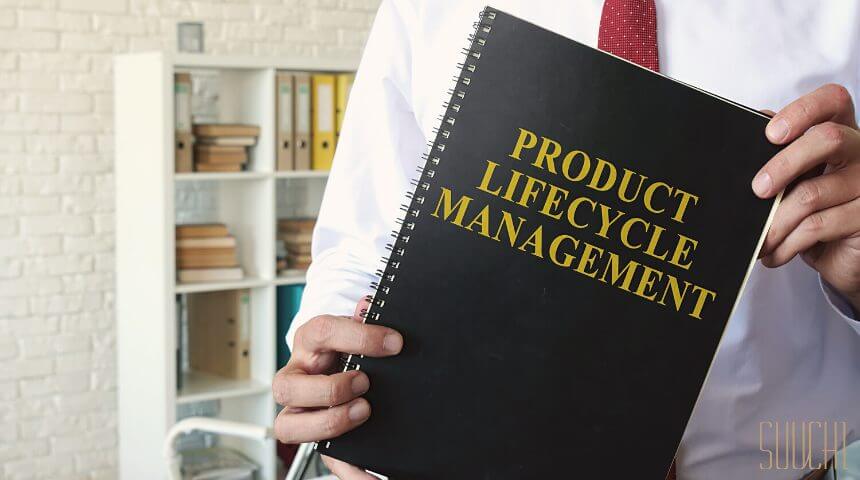Ever played the game telephone? The purpose is to keep a message intact from the original whisperer to the last. But communication is often lost, and the final message is nowhere close to the original.
In the supply chain, there are important materials and data at every stage too. The difference is that distorting this information along the way can have detrimental effects to the entire operation.
Digitizing your materials management provides you with greater visibility into costs, availability, and lead times at every stage of the supply chain — especially now in a primarily remote workforce. Let’s take a look at how automating this process helps you manage and track the consumption of raw materials.
Still Managing Materials Manually?
Materials management encompasses procurement, transportation, and inventory management of the actual products from manufacturer to storefront. It has previously been a manual process from collecting thousands of sample materials to managing the amount of material ordered for production. Not only are manual processes cumbersome and prone to errors, but they also lead to large amounts of waste, extended lead times to confirm material availability, and thousands of dollars lost when materials are not readily available for production.
To combat these challenges, material management software provides you with:
- A place to store and manage all of your CADs for easy reference
- A dashboard of product tiles to assign fully developed tech packs
- An editor to provide tech pack feedback directly to your design team
- A a material library to create your bills of materials and manage inventory
Integration is key. Materials management impacts every stage of the product lifecycle, which means that any solution used for material management needs to be integrated with all of your supply chain management solutions. A product lifecycle management (PLM) system provides control at every stage of product development, allowing full transparency of related data for all key stakeholders. Everyone from merchandising and operations to finance and executives will have access to the same information, removing delays, errors, and miscommunication. Additionally, change requests are automated and built into the system, allowing you to manage product development in real-time and make wiser decisions.
Further, onboarding your vendors allows them to help build your materials library too for the utmost consistency and accuracy. This allows you to source materials and trims directly through the material library and easily locate what you’re looking for with relevant search tags.

The Digital Imperative
Digitized processes are crucial for planning and overall business management, too. With visibility into costs, availability, and lead times at every stage of the supply chain, executives can make smarter decisions and forecasts to save time and money. Plus, access to supply chain analytics allows leaders to measure the financial risk if they were to cancel material orders at any stage.
Now more than ever, a digitized materials management and PLM process is necessary. As people continue to work remotely amid the COVID-19 pandemic and teams rethink future plans, cloud-based PLM software and supply chain management is crucial for ongoing productivity and success.